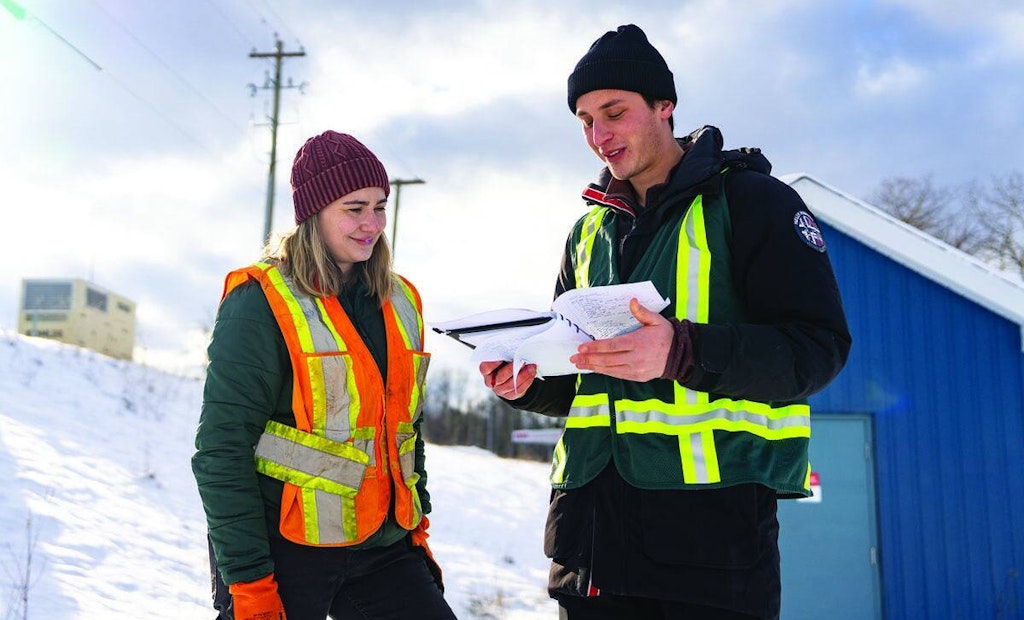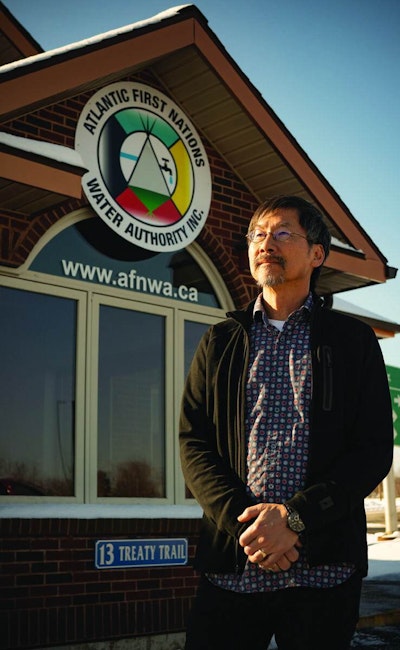
Lead project engineer Laura Jenkins and process engineer Zach Levisky at Paqtnkek, one of 17 First Nations communities served by AFNWA.
In 2019, the ministry of Indigenous Services Canada was created, following the dissolution of the Department of Indian Affairs and Northern Development. The ISC is responsible to Parliament, with a mandate to work “collaboratively with partners to improve access to high quality...







